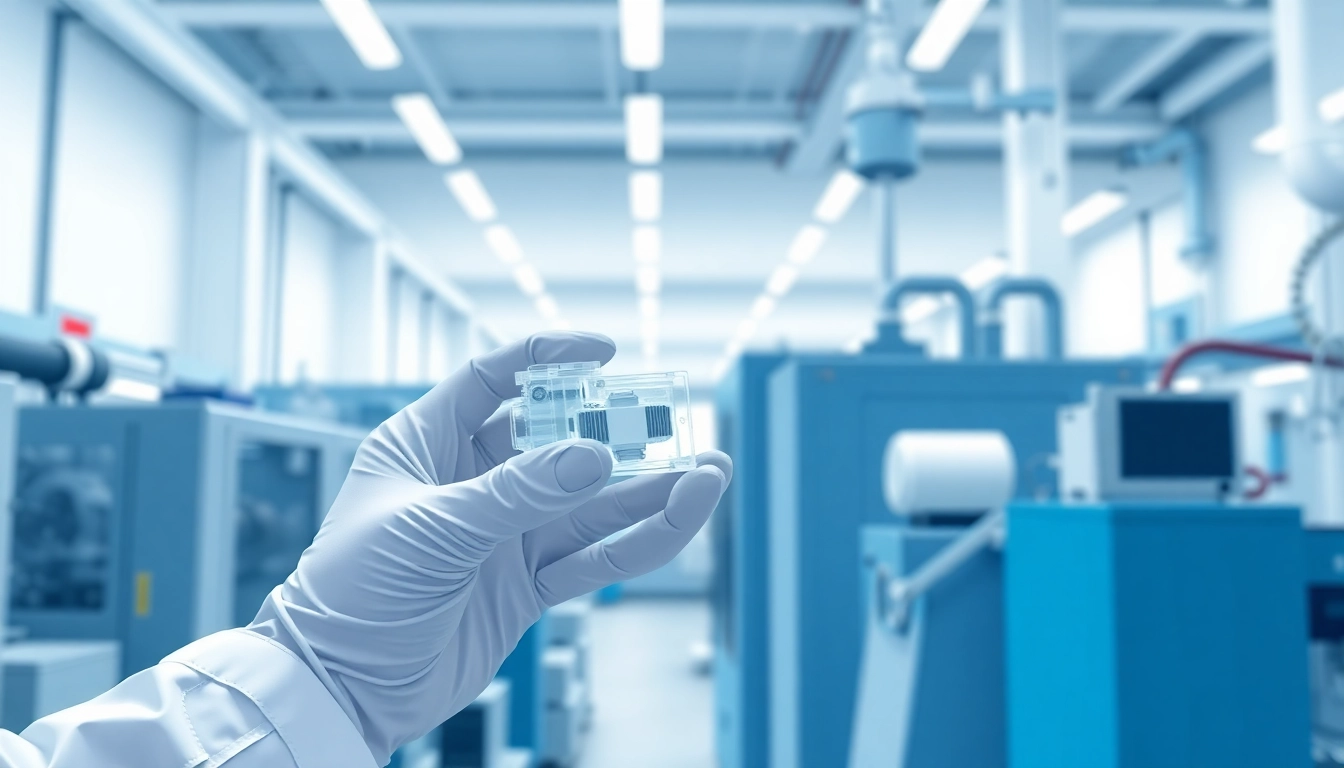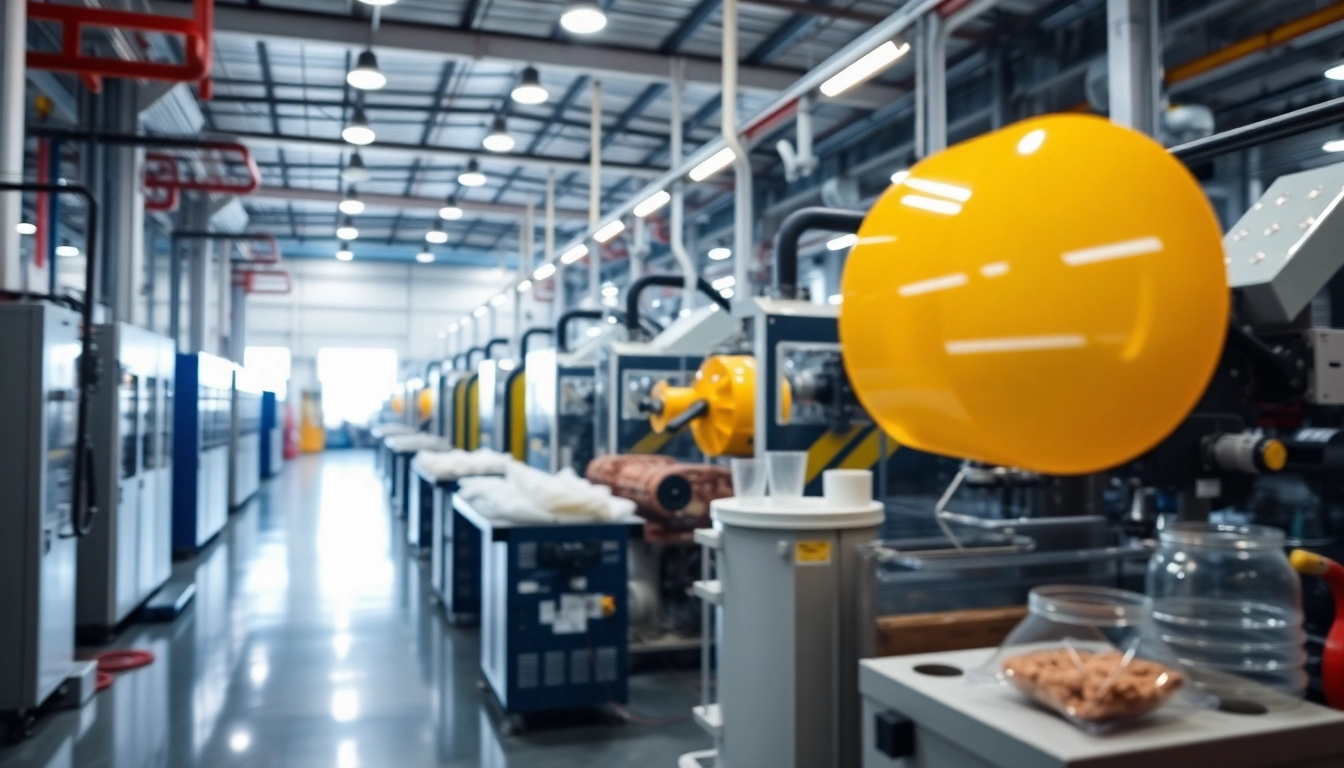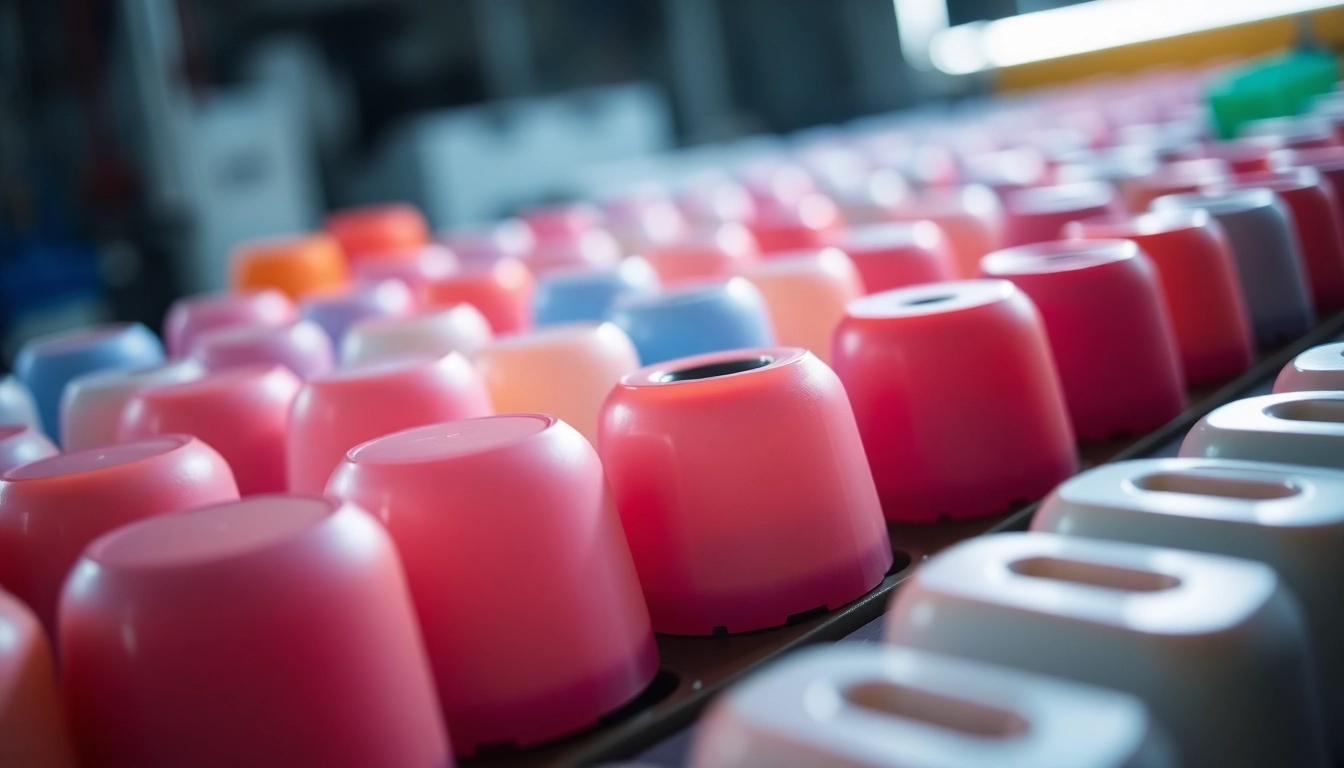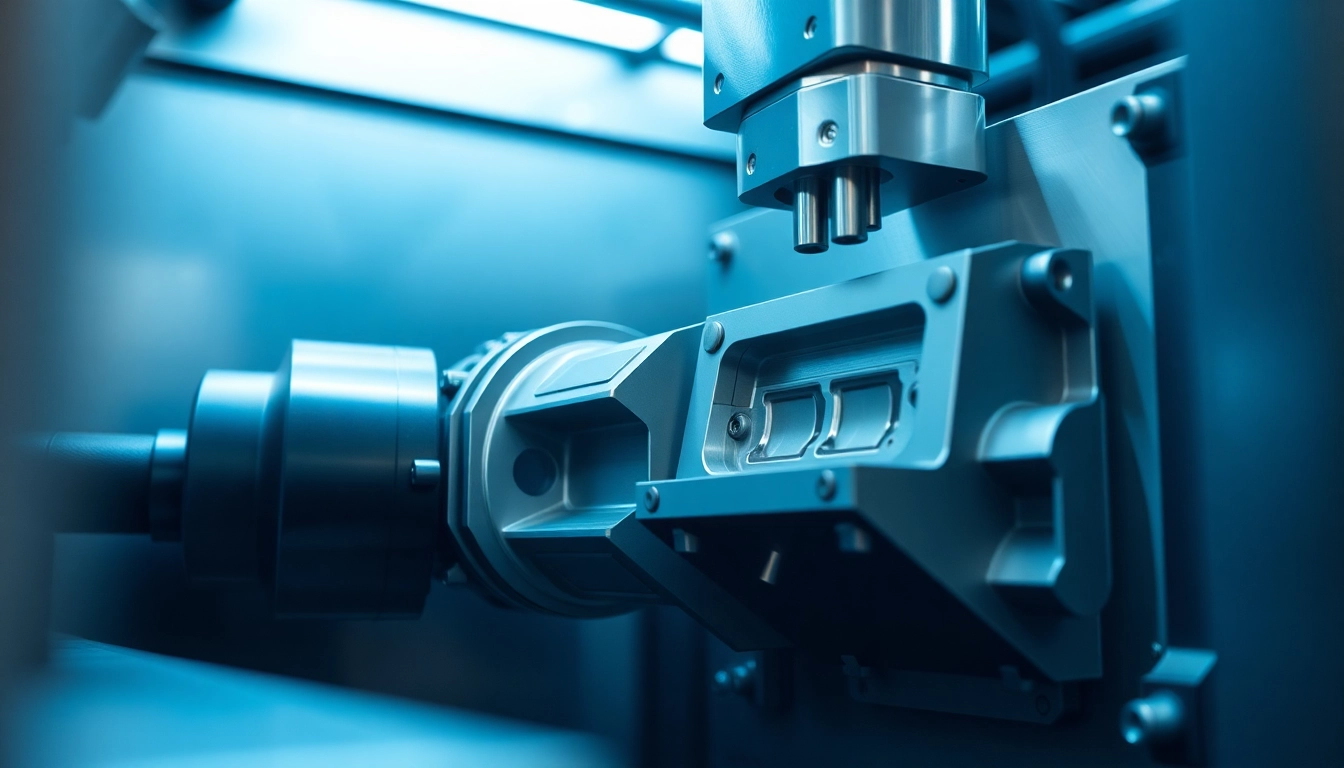Understanding Injection Molding Prototypes
What are Injection Molding Prototypes?
Injection molding prototypes refer to samples created using the injection molding process, intended for the purpose of product evaluation, testing, and iteration before full-scale production. These prototypes are made from the same materials as the final product, allowing designers and engineers to closely assess the functionality, fit, and aesthetic of the part. The injection molding method involves injecting molten material into a mold at high pressure, providing a high level of precision and consistency in the final output.
The Importance of Prototyping in Manufacturing
Prototyping plays a crucial role in the manufacturing industry. It bridges the gap between concept and production, ensuring that potential design flaws are identified and addressed upfront. Prototyping allows for real-world testing and validation of a product’s design, functionality, and aesthetic before committing to a full production run. This iterative process reduces the risk of costly changes during later stages of manufacturing, making it essential for successful product development.
How Injection Molding Works for Prototypes
With injection molding for prototypes, the process begins by designing a mold based on the product specifications. The mold is typically made from steel or aluminum, materials chosen based on the expected production volume and part complexity. Once the mold is created, plastic pellets are heated until molten and injected into the mold under high pressure. After cooling, the mold opens, and the prototype part is ejected. This entire process can take as little as a few hours, drastically reducing the time from concept to physical product. Such efficiency makes injection molding prototypes a preferred choice in many sectors.
Benefits of Using Injection Molding Prototypes
Cost-Effectiveness Compared to Traditional Methods
One of the most significant benefits of using injection molding prototypes is their cost-effectiveness. While traditional prototyping methods such as machining or 3D printing can lead to high costs—especially for intricate designs—plastic injection molding offers a faster and more affordable solution, particularly in the context of high-volume production. Once the initial mold is created, the cost per part decreases significantly, making it an economical option for both low and high-volume manufacturing.
Speed in Product Validation and Testing
The speed of the injection molding process allows companies to move quickly from concept to functioning prototype. This rapid prototyping environment facilitates quicker feedback loops that enable designers to make informed changes and validate their designs against real-world conditions. By shortening the development lifecycle, companies can achieve a faster time-to-market, which is increasingly crucial in competitive industries.
Accuracy and Detail in Design
Injection molding offers high fidelity when it comes to the detail and accuracy of produced parts. The ability to create complex geometries and fine details makes injection molding an ideal choice for prototypes that require stringent functional testing. Parts are typically produced with a tolerance of ±0.001 inches, which is essential for components that must fit together correctly in assembly or perform specific functions under various conditions.
Common Applications for Injection Molding Prototypes
Consumer Products and Electronics
The consumer products industry heavily relies on injection molding prototypes to produce items like containers, cases, and small mechanical components. The precise nature of the injection molding process allows for efficient, cost-effective production of aesthetically pleasing and functional prototypes that can undergo user testing and feedback gathering before finalizing the design.
Automotive Components
In the automotive sector, manufacturers utilize injection molding prototypes for various components, including dashboard panels, interior fittings, and functional elements such as brackets and housings. Prototyping allows for rigorous testing of parts that must meet safety standards while maintaining aesthetic and ergonomic design requirements.
Medical Devices and Equipment
Medical device development requires precision and regulatory compliance, making injection molding prototypes essential in this field. Prototypes are used to create components such as surgical instruments, housing for devices, and other functional parts that must pass stringent testing for sterility and performance efficacy before mass production.
Best Practices for Designing Injection Molding Prototypes
Choosing the Right Materials
Material selection is crucial when designing injection molding prototypes. The chosen material should replicate the final product’s properties in terms of strength, flexibility, and heat resistance. Common materials include acrylonitrile butadiene styrene (ABS), polycarbonate (PC), and nylon. Factors such as the intended use of the product, aesthetic requirements, and component functionality should guide material choice.
Incorporating Design for Manufacturability (DFM)
Design for manufacturability (DFM) is a key principle in creating effective injection molding prototypes. By focusing on ease of manufacturing during the design phase, potential issues are identified and mitigated early on. Strategies include minimizing the complexity of the mold, optimizing wall thickness to avoid defects, and ensuring draft angles are adequately considered to facilitate mold release and part ejection.
Testing Tolerances and Functional Features
It’s vital to incorporate thorough testing of tolerances and functional features during the prototyping stage. This helps to ensure that the prototype performs as expected in real-world conditions. Comprehensive testing can reveal design flaws and areas for improvement, leading to a more refined final product. Companies often employ techniques such as finite element analysis (FEA) during this phase to simulate part performance under various stress conditions.
The Future of Injection Molding Prototypes
Innovations in Rapid Prototyping Technologies
The landscape of rapid prototyping continues to evolve with advancements in technology, including improvements in materials and machining techniques. Innovations like hybrid molds and multi-material injection molding can further enhance prototype capabilities. These technologies allow for quicker adjustments to mold designs and enhanced functionality in prototype parts, creating new opportunities for industries aiming for efficiency and precision.
Integration with 3D Printing
As 3D printing technology becomes more advanced, its integration with injection molding is proving beneficial. Companies are increasingly using 3D printed components in initial prototyping stages to visualize designs before transitioning to injection molding for eventual production. This combination helps accelerate product design and lowers costs associated with early-stage development.
The Role of Automation in Prototyping
Automation is set to play a pivotal role in the future of injection molding prototypes. The introduction of smart manufacturing technologies and robotics can streamline production processes, enhance precision, and reduce human error. Automated systems can also facilitate real-time monitoring of the molding process, optimizing material usage, and minimizing waste, further contributing to cost-effectiveness and sustainability in manufacturing.




